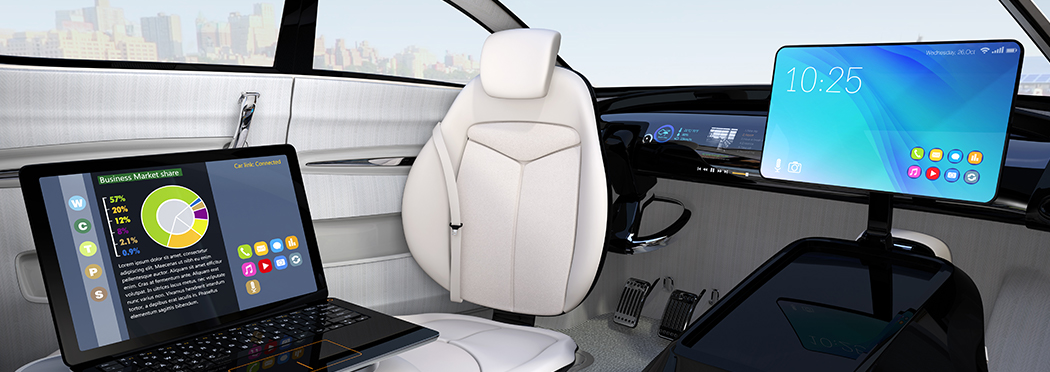
Technical Working Groups
NAV Alliance welcomes the participation of individuals from Promoter and Contributor companies in both technical and marketing activities. Below is a short overview of NAV Alliance’s new working groups. If you are a member and would like to sign up to participate in a working group, please click here!

TWG1/TWG2 – 25G/50G Automotive Ethernet PHY Specifications and EMC Requirements
Scope: This project is to create Physical Layer specifications and Management Parameters for 25Gbps and 50Gbps electrical interfaces for automotive Ethernet networks.
Chairman: Ramin Farjad, Marvell
Objectives:
— Define Automotive Use Cases/Topologies for 25Gbps/50Gbps Ethernet
-
- Considerations for both Symmetric and Asymmetric use cases
- Defining Requirements: Cable quality/reach, # of connectors, PoDL requirements, Error Tolerance
- With Tradeoff considerations for Cost/Number of Cable/Connector Complexity of PHYs
— Define 25Gbps (and possibly 50G) Channel Specifications based on Target Network Topologies
-
- Specifications for Link Segments and MDI to PHY Chip channels (IL, RL, Xtalk, etc limit lines)
- Refinements to cable RL and Micro-Reflection specifications
— Defining the EMC requirements of 25G (and possibly 50G) Ethernet links
-
- Characterizing/Measuring the RF Ingress over target channels (cables/connectors, module)
- Defining limit lines for RF ingress levels at PHY inputs
TWG3 – Physical Layer System and Component Integration
Scope: This project is to specify the integration of an Automotive Multi-Gig PHY in an Automotive Electronic Control unit (ECU) or an Electronic Vehicle Computer (EVC).
Chairman: Olaf Grau, Bosch
Objectives:
— Specify and dimensioning automotive power supply applications for Automotive Multi – Gig PHYs
— Specify PCB design rules that cover the needed signal integrity for Automotive Multi-Gig PHYs
— Proposal of additional PCB placed components needed for Automotive Multi-Gig operation
— Specify diagnosis for an Automotive Multi-Gig link segment
— Define power dissipation handling for automotive Multi-Gig components
— Define host CPU interconnection for Automotive Multi-Gig PHYs
TWG4 – Protocol Encapsulation for Ethernet
Scope: This WG defines standard encapsulation of various protocols within Ethernet frames in a backwards compatible manner. The initial target protocols for encapsulation are I2C, SPI, Various Camera Interfaces, and for example Radar, Lidar applications.
Start Date: May 2019
Chairman: Hari Parmar, Marvell
Objectives:
— Backwards compatibility with the existing Ethernet Frame formats
— Extensibility and adaptability with new or developing protocols
— Will not define encapsulation where other relevant standards exist
TWG5 – System Controls and Management
Scope: This WG defines how to interface the IVN (In-Vehicle Network) components and its features with respect to manageability. Therefore, it identifies recommendations associated with hardware and software-based interfaces that are supporting systems used for autonomous vehicles. The WG elaborates also on an automotive network management protocol that includes additional considerations including enhanced diagnosis, predictive maintenance, redundancy, Quality of Service, wake-up and sleep and device management.
Chairman: Helge Zinner, Continental
Objectives:
— Identification of IVN key features for autonomous vehicle systems
— IVN Interface (SW, Protocol) definition
— Definition of an automotive management protocol
Join the Revolution for the Future of Autonomous Vehicles
Team up with industry leaders to define the future of automotive networking.